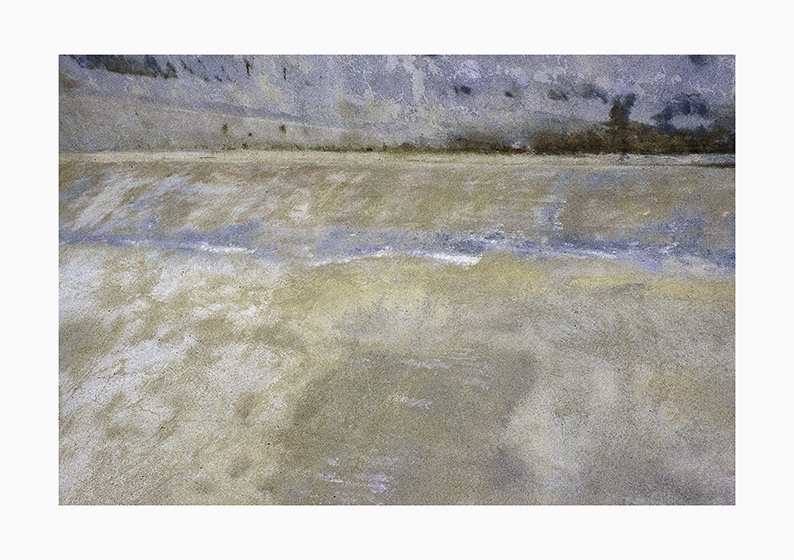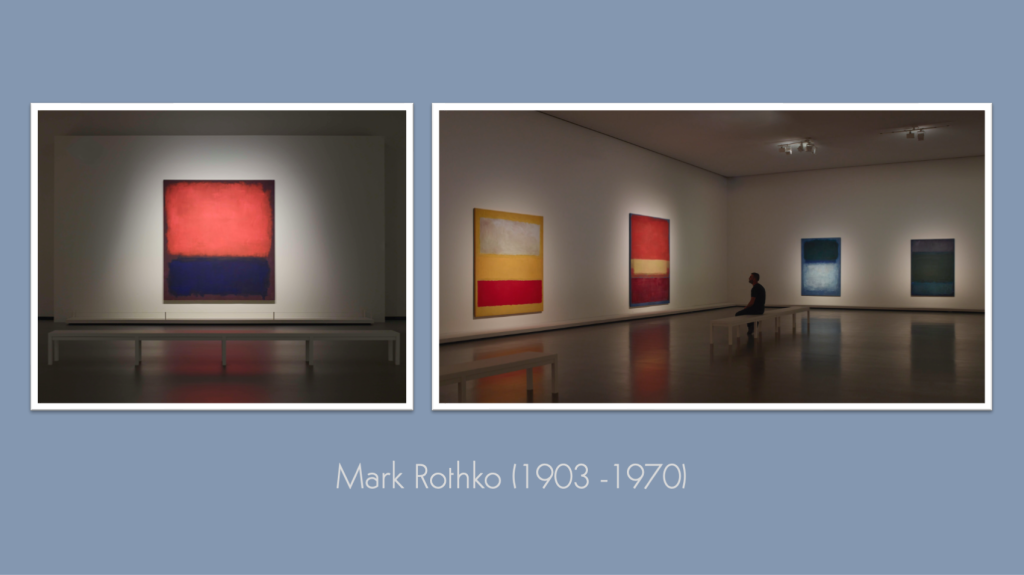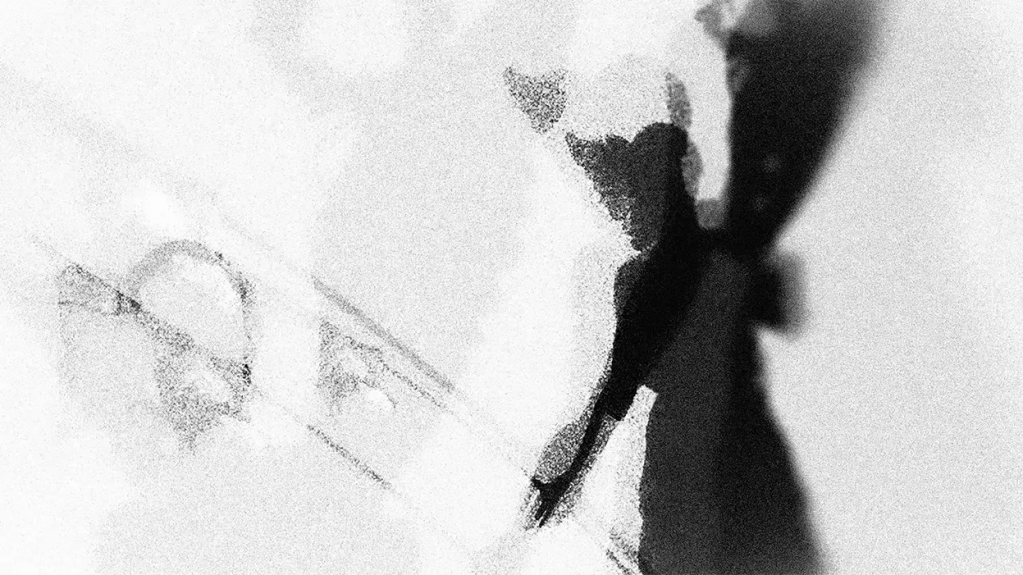
Christina’s World, Andrew Wyeth, 1948, egg tempera on gessoed panel
Christina’s Word by Andrew Wyeth is one of my favourite things. Here’s why.
In chapter two of Alice Through The Looking Glass, Lewis Carroll describes a maddening moment wherein Alice is thwarted by a path and stalked by a house:
“I should see the garden far better,’ said Alice to herself, `if I could get to the top of that hill: and here’s a path that leads straight to it — at least, no, it doesn’t do that — ‘ (after going a few yards along the path, and turning several sharp corners), `but I suppose it will at last. But how curiously it twists! It’s more like a corkscrew than a path! Well, THIS turn goes to the hill, I suppose — no, it doesn’t! This goes straight back to the house! Well then, I’ll try it the other way.’
And so she did: wandering up and down, and trying turn after turn, but always coming back to the house, do what she would. Indeed, once, when she turned a corner rather more quickly than usual, she ran against it before she could stop herself.
`It’s no use talking about it,” Alice said, looking up at the house and pretending it was arguing with her. `I’m NOT going in again yet. I know I should have to get through the Looking-glass again — back into the old room — and there’d be an end of all my adventures!’
So, resolutely turning back upon the house, she set out once more down the path, determined to keep straight on till she got to the hill. For a few minutes all went on well, and she was just saying, `I really SHALL do it this time — ‘ when the path gave a sudden twist and shook itself (as she described it afterwards), and the next moment she found herself actually walking in at the door.”
When I look at Andrew Wyeth’s Christina’s World, I’m reminded of Alice’s efforts to outwit her house, this house that just won’t quit, this house that so badly wants this little girl back inside it, like a whale gobbling a minnow. When I look at Wyeth’s painting, I think this is the exact moment, a girl, exhausted, twisting back around to look across the field only to find the house is there again – an ordinary house admittedly, but not a homely one.
Alice’s determination to not re-enter the house is on account of fear that in so doing, her adventures in Wonderland will end prematurely. I wonder if Christina worries the same way? I look at the distance she has put between herself and the house. I wonder is it enough? Don’t we all worry about this a little bit, on those long Christmas trips home, as we stand before the houses we grew up in, preparing to surrender our grown-up selves and end, for a time at least, some of our more adult adventures? I never get the sense Christina is looking back at the house because she is looking forward to a slice of apple pie at its kitchen table. This isn’t an episode of Little House On The Prairie. Christina isn’t one of those running, tumbling girls. No, this strange painting is none of those things. If we could see Christina’s face – and I’m always happy we can not – I think we would find in it only horror, or rage, or impotence – or whatever expression these three things might combine to produce.
Like the Alice stories, which I never once found comforting or joyful or pleasant, Christina’s World compels me to remember my own déjà vu dreams comprised of loops and repetitions; me, hopelessly lost on the London Underground but always happening upon the same place over and over; or the running dream when I know I cannot rest, cannot stop, because if I do, even for a second, the thing that chases me will be standing at my shoulder. However firmly routed in Americana and thus separate from my own experience, I find Wyeth’s painting familiar in that way exclusive to the uncanny. What is repressed is returning here. Christina’s house, like all the houses of our childhoods, is haunted.

Ed Gein’s house, Plainfield, Winconsin, 1957
Andrew Wyeth painted Christina’s World in 1948. Nine years later, the Waushara County Sheriff’s Department searched Ed Gein’s Winconsin farm and found the decapitated body of a missing store owner hanging upside down in the outhouse. Among other unimaginably horrible discoveries, they also found masks made from the skin of female heads, bowls made from human skulls, a woman’s face in a paper bag, a lampshade fashioned from human skin, and nine vulvae in a shoebox.
Known as the Butcher of Plainfield and the Plainfield Ghoul, the sheer spectacle of Ed Gein’s depravity forever skewed the optics of remote rural farmhouses and their occupants. Where once all those wooden houses anchored like plucky steadfast ships in the vast fields and vaster skies of the American landscape might have denoted the virtues of self-sufficiency, hard-work and the heroism of the Frontier, now they seemed as likely to be harbouring the darkest of secrets, lived in by families twisted into deplorable dependencies unchecked by the proximity of neighbours.
After Gein, came Psycho (1960), with its iconic wooden house as stark against the skyline as Wyeth’s, and after Psycho, The Texas Chainsaw Massacre (1974), where another white house sits island-like in a sea of insect-ticking grass, and behind its door, an entire family of ghouls.

The old wooden house behind the motel, Psycho (1960)

The family home in The Texas Chainsaw Massacre (1974)
I always think of these other houses when I look at Wyeth’s painting. I think of these bad places, and all the girls who went inside and died there. I cannot expunge Ed Gein from Wyeth’s ominous-looking outhouses. The filmic shapes they make against that low ceiling of sky make happier thoughts impossible, that and the oppressive silence of the painting, the sense of something held-fast. I love this painting, as I love The Texas Chainsaw Massacre, but I would no more have Christina’s World on my wall than I rush to view Tobe Hooper’s gruelling movie.
Berlin-based artist, Phil Cooper, helped me understand something about Wyeth’s technique. In a recent conversation, Phil told me a little more about tempera, how the fastidious construction of the artist’s marks locks up and locks out movement or noise, that, as a technique, it stifles a certain expressiveness. There is a paradox at the heart of Wyeth’s strange painting – immobilisation producing oscillation – an effect as arresting and exhausting as the near-imperceptible flicker of a failing strip of florescent light.

Another image sharing the frozen restiveness of Christina’s World is I. Russel Sorgi’s Suicide (1942). In Sorgi’s image, the inevitable and expected forces of gravity are stopped by the action of the camera shutter, just as the wind that should animate the surface of Wyeth’s sky and fields are paused. We have only the scant horizontal lines of Christina’s breeze-blown hair to attest to the physical reality of her world, but like the flaring of the falling woman’s dress in Sorgi’s photograph, they only serve to stopper-up the image even more completely.
What is equally powerful about Sorgi’s photograph is the way we know more about what is going to happen than the people in the coffee shop. While this image is shocking, it’s not shock we experience, but rather the attenuation of suspense.
Of course, Psycho’s Alfred Hitchcock knew a thing or two about suspense, about the origin of this contrary pleasure. For an audience to feel suspense, they must first have information. When I look at Christina’s World, I experience suspense because I know there is something here at least, an off-ness, a threat, a shadow, an ominosity awarded to the otherwise humdrum elements in the picture. It’s there too in what is not quite right about Christina’s body. This girl is not some relaxed participant in this tableau. It is there in the composition, those houses held-up like that against the flat sky and the way Christina seems so horribly alert to them. Always I’m reminded of titles of cheapskate seventies shockers like Don’t Look In The Basement (1972) and Don’t Go Into The House (1979). because this is what I’m thinking; don’t go into that house, Christina – and if you do, Christina, definitely don’t look in the basement.
Wyeth generates suspense in one other simple way, for while Christina has her back to us, Wyeth presents her posture in such an awkward way, we feel, at any moment, this girl must surely turn around if only to correct what is wrong about it. We know the Christina in the painting is based on a real Christina, and the image itself inspired by a real memory of the real Christina crawling across a real field. The real Christina is thought to have had Charcot–Marie–Tooth disease, in which scoliosis is common and likewise the malformation of bone sockets. Does this account for the visceral discomfort I experience when I look at the girl in the painting, my eyes glueing again and again to her feeble emaciated arm, braced against the ground in a way that looks impossible to endure? The detail of her elbow, the angle of her wrist, the somehow reptilian curvature of her spine – all these little things are powerful engines of suspense because I feel them in my own body and know, if I was this girl, marooned out there without a hiding place, I’d be pivoting already, freeing-up, standing-up, extending my limbs in readiness to make good on my escape. Get up, Christina. For God’s sake, get up. The house, Christina. The house is coming.

Betty, Gerhard Richter, 1988, oil on canvas
And always when I think about Christina, I think about Betty, another girl in aspic. I don’t worry as much about Betty, though I do wonder what so arrests her attention in all that darkness. I couldn’t have Richter’s hyper-real 1988 painting hanging on my wall any more than Wyeth’s celebrated slice of American art, for there wouldn’t be a morning when I came downstairs when I wouldn’t be fully expecting to find Betty looking out at me instead, that some chain in the image had finally given out, its subject swinging round to look me in the eye.
Maybe Betty’s face is a face you could learn live with – even love? I suppose it depends on what she saw in the dark and what mark it left upon her. But Christina’s face – no, I never want to see that – and when I do think of it, turning my imagination to the task as I might finger an aching tooth or pimple, I see her face in a paper-bag.






Leave a comment